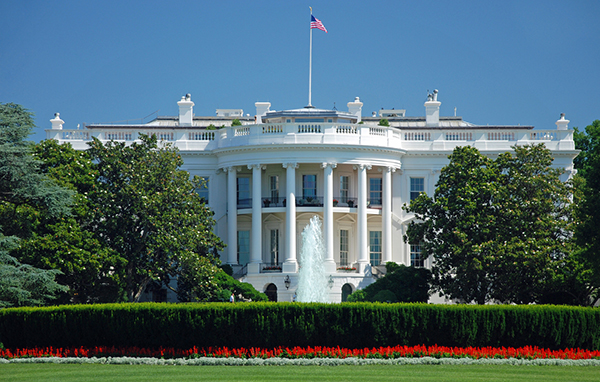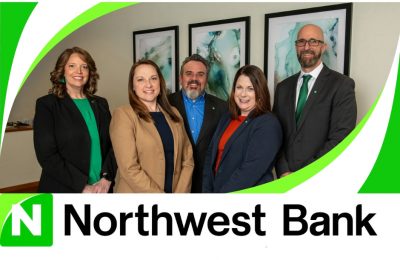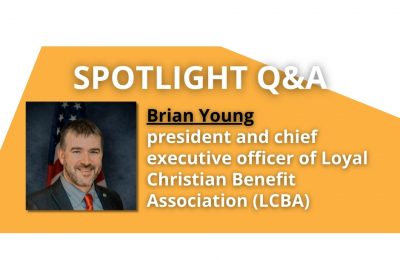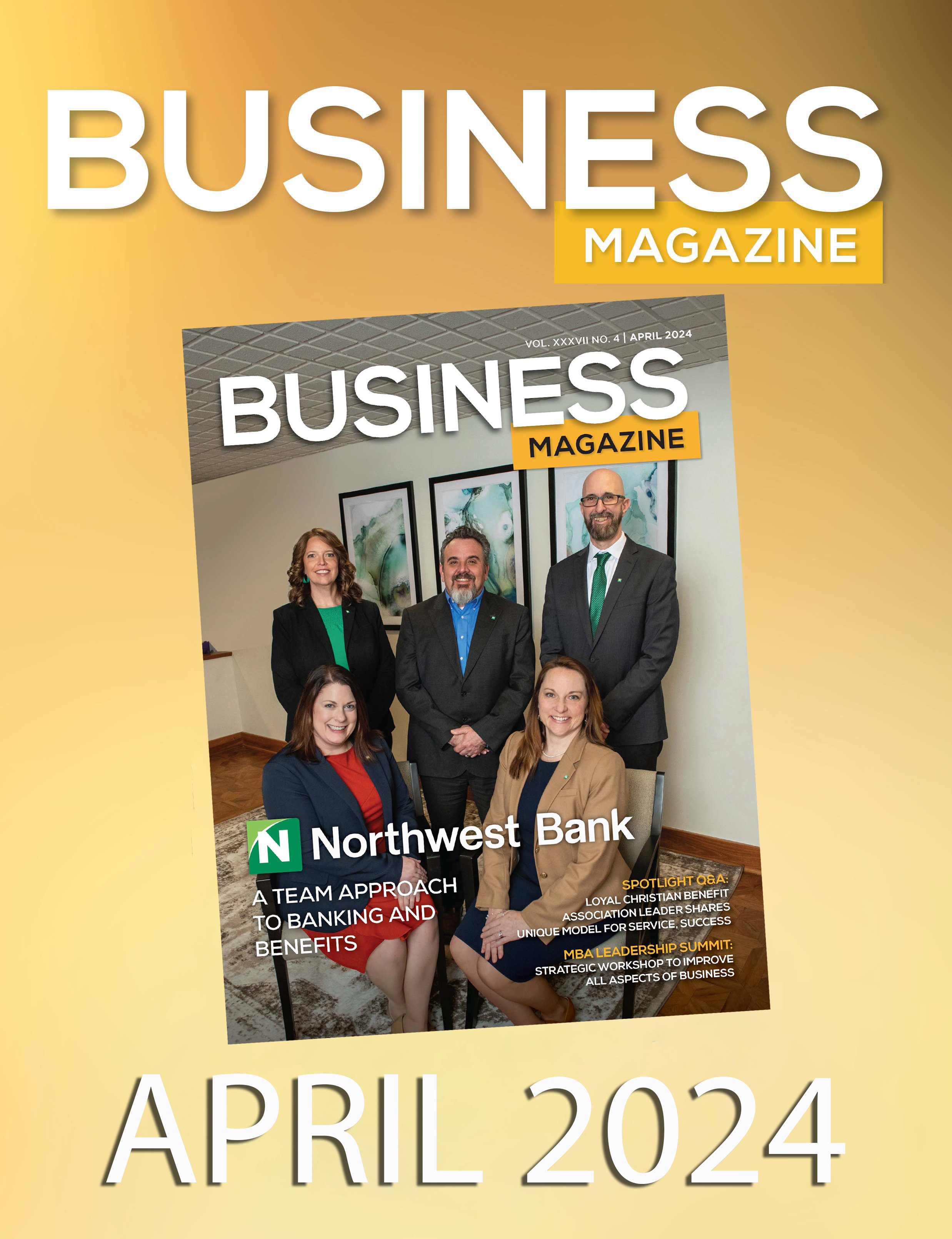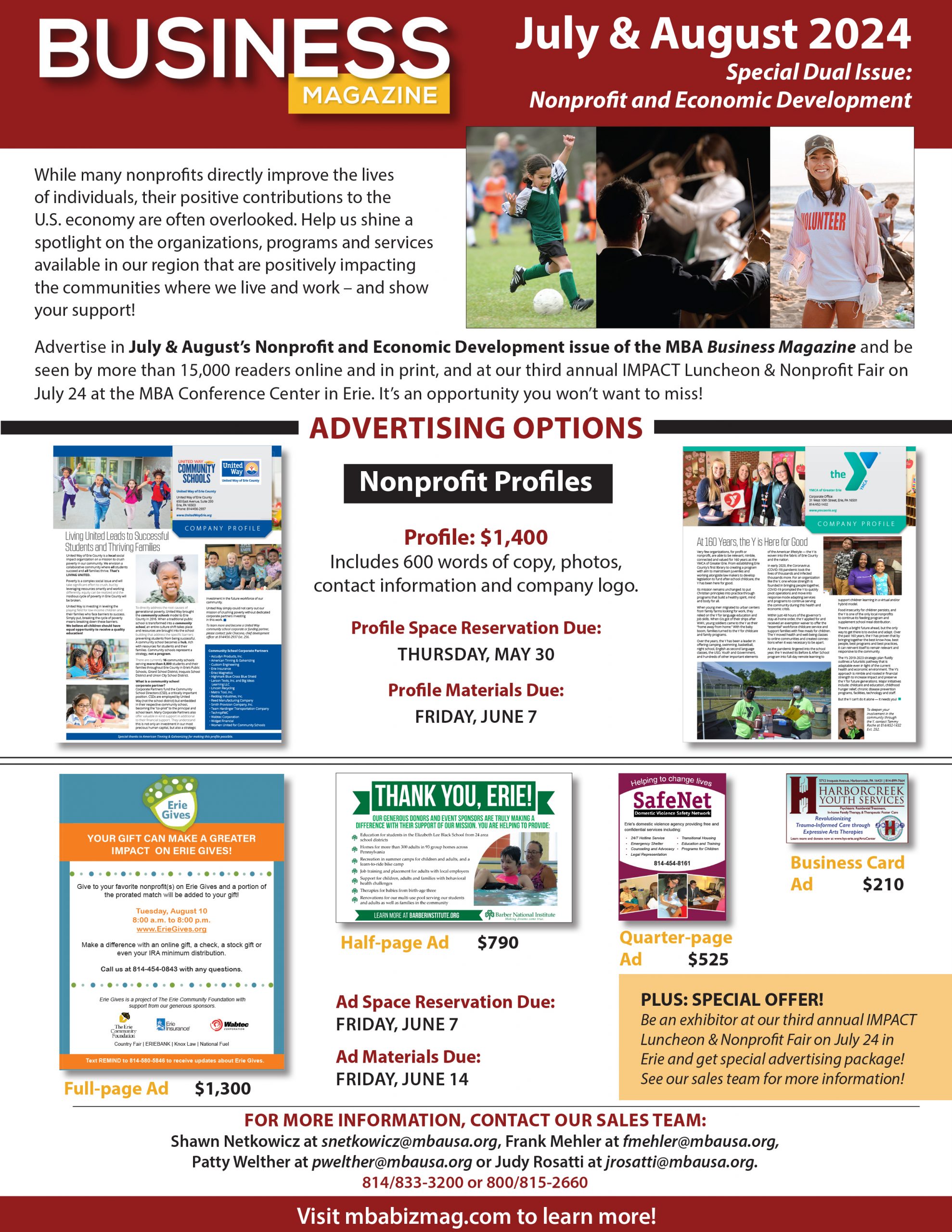How You Can Take Action to Control Costs
You may have heard of or know someone who takes an expensive prescription drug. It’s a lifesaver, improving both heath and quality of life — results that everyone wants. Health-care costs are a top concern for Manufacturer & Business Association (MBA) members, and the MBA is diligently pursuing association health plans (AHP) to reduce premiums. However, reforming prescription drug pricing is elusive.
Bill Lindsay of Lindsay 3 Consulting and past chair of the Colorado Commission on Affordable Health, and a colleague from the National Small Business Association, wrote “Efforts to Reform Pharmaceutical Pricing at the State and Federal Level.” The first sentences are eye-popping:
“The effort to reduce the cost of pharmaceuticals is important because today pharmacy costs represent as much as 30 percent of the cost of health spending (i.e., as much as 30 percent of the cost of claims/ coverage). This is up from around 10 percent just 10 years ago. It is also the most rapidly rising component of health-care spending.”
Last year, 89 percent of prescriptions were filled with lower-priced, generic drugs, but accounted for just 26 percent of total drug spending.
Brand-name drugs accounted for the remaining 74 percent. They are more expensive because of the high costs to develop and bring a new drug to market. “Industry statistics indicate that it takes an average of $2.6 billion for a manufacturer to get a new drug from the laboratory to the market. The Tufts Center for the Study of Drug Development notes that the time for this maturation can last up to 12 to 15 years and the approval rate by the FDA is less than 10 percent of those submitted for approval.”
A company with a newly approved drug files for a patent prohibiting others from producing and selling the same medication for a set time period. “This is done to enable the manufacturer to recover their cost of development and research. Normally such patents grant exclusive use for 20 years … there are various ways that patents can be extended for up to five additional years.”
Specialty Drugs are extraordinarily high-priced drugs designed to treat very serious illnesses or conditions. This is a growing area of pharmaceutical research and one of the reasons drug spending is increasing. The 10 most expensive drugs range between $2,125,000 and $678,392 per dose.
What’s the answer to reform drug pricing? Is it negotiating drug prices with Medicare? Is it importing U.S. drugs from foreign countries? Several ideas gaining traction include:
- Enable states to regulate Pharmacy Benefit Managers to gain pricing transparency.
- Allow states to regulate drug rebates so they are transparent.
- Create a pharmacy purchasing pool allowing participating states to address concerns about safety of imported drugs.
- Expand the scope of the Food and Drug Administration to include pricing. This could be especially important with the increasing development of Specialty Drugs.
You Can Take Action
Although your knowledge of prescription drugs may be limited to formulary tiers, consider a small but practical “solution.” With drug spending escalating, it is never too soon to learn to shop. GoodRX Discount Drug Coupons at http://www.goodrx.com/ can be used in place of insurance when the discounted drug is cheaper than the co-pay. The site features shopping for prescriptions by store and price. GoodRX collects and compares prices for every FDA-approved prescription drug at more than 70,000 U.S. pharmacies.
Some drug companies have patient assistance programs and provide free medications for those unable to afford their medication. The RxAssist Patient Assistance Program Center, https://www.rxassist.org, explains how to use the programs to reduce medication costs and has a comprehensive database of assistance programs.
Thank you, Bill!


